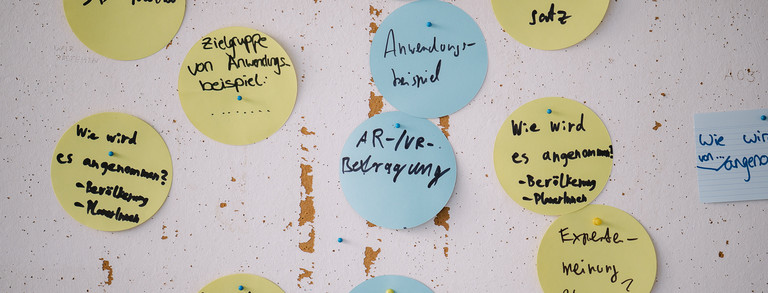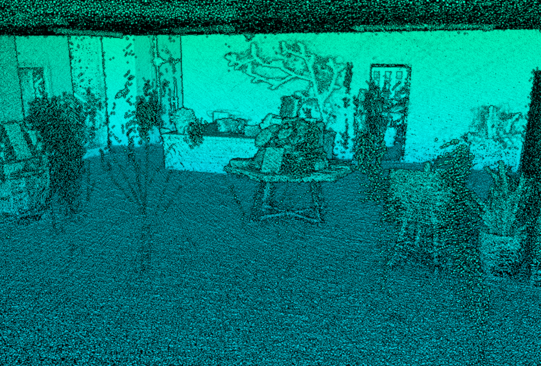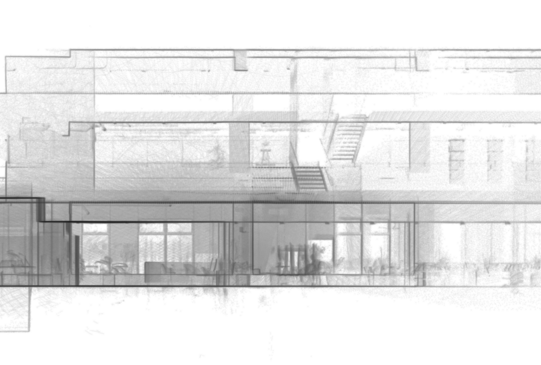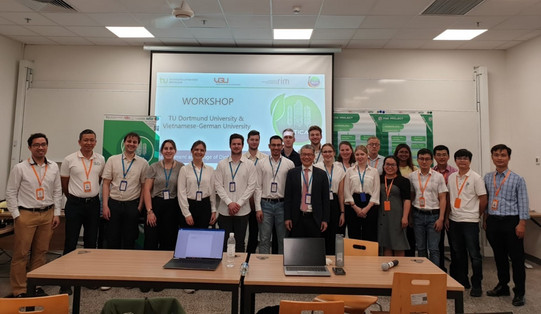F06 Development and use of Digital Twins for campuses in Dortmund and Ho Chi Minh City for climate adaptation measures
Supervision
Prof. Dr. Nguyen Xuan Thinh (RIM)
Sinan Karakus, MSc (RIM)
Project duration
10.2022 – 07.2023
Description
Climate Change caused by human activities, as identified by the Intergovernmental Panel on Climate
Change, is the leading cause for the warming of the atmosphere, land, and oceans. Urban areas are
particularly affected by the urban heat island (UHI) phenomenon, in which these areas experience higher
temperatures in comparison to surrounding suburban areas. UHIs have a significant negative impact on
human health, energy consumption and lifestyle. The UHI effect can be amplified by heat waves, further
increasing environmental and health risks from thermal stress and vulnerability of urban population. To
mitigate the negative impacts of UHIs on the environment and residents, researching new technologies
like Digital Twins in Smart Cities can be crucial.
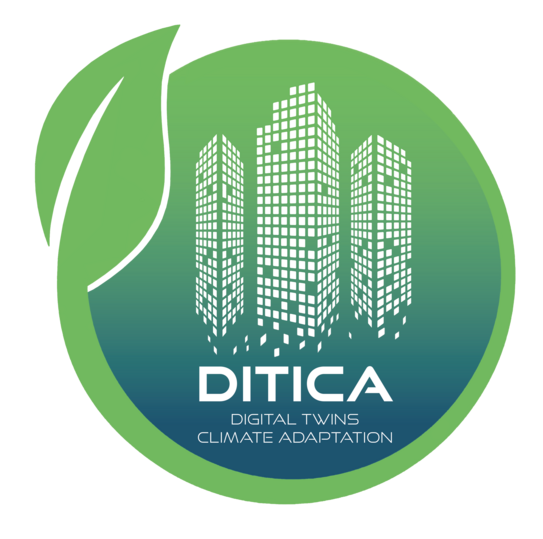
A Digital Twin is a virtual representation of a physical object or system, containing different layers of
real-world information e.g., processes, systems, behaviors, and relations. The Digital Twin is created using
data from sensors, simulations, and manually conducted data, which is updated in real-time to reflect
the lifecycle of the object and to build a detailed model. The Digital Twin diverges into three parts.
The basis of the digital twin is the physical, the second part is the virtual object, and the third part is the
data exchange between them. As opposed to a 3D model that only shows the object and its behavior at
a particular state, the Digital Twin represents the change over a specific period. It can be used to simulate
the behavior and performance of the physical object or system to predict and optimize its performance,
identify, and diagnose problems, and plan for maintenance and upgrades.
The main research objective of the project F06 Development and use of Digital Twins for campuses in
Dortmund and Ho Chi Minh City for climate adaptation measures, is evaluating the effectiveness of the
usage of Digital Twins for establishing climate adaptation measures based on UHI mitigation.
A key element of this evaluation is analyzing the potentials and limitations of the Digital Twin technology,
emphasizing the creation process of a Digital Twin as well as the application and its usage. The research
prioritizes gathering representative information to create a basis for comparison and an improved
application in the context of future city planning, which includes urban sustainability and urban
regeneration in relation to new technologies.
To answer the main research question “To what extent is the development and use of Digital Twins
suitable for implementing climate adaptation measures to counteract UHI effects?”, a Digital Twin will
be created for a single building each on the campus of the TU Dortmund University and the Vietnamese-
German University. These two locations were chosen, because they have different climate conditions and
differ in terms of their vulnerability to the effects of climate change and the data accessibility. To create
the Digital Twin, the buildings are scanned with the Geoslam ZEB-Horizon laser scanner. Based on the
laser scan a 3D model in LOD4 is created, using CAD/GIS software.
At the same time, microclimatic simulations are performed with the software ENVI-met to analyze heat
island effects on the target buildings. Based on synthetic data resulting from these simulations, climate
adaptation measures are developed for the building in each case. A second microclimatic simulation is
performed to check the effectiveness of the implemented climate adaptation measures.
Subsequently, the process of creating a Digital Twin in connection to climate adaptation measures is eva-
luated, based on previously developed criteria. The project’s goal is to make the results available to the
public to give an insight on knowledge, accessibility and usage of Digital Twin technology used for climate
adaptation, making it possible for communes and cities to follow the Sustainable Development Goals of
the United Nations including the goals of climate action, sustainable cities and communities, and industry,
innovation, and infrastructure. Another goal is to encourage further research into Digital Twin technology,
especially in the field of climate adaptation and monitoring.


